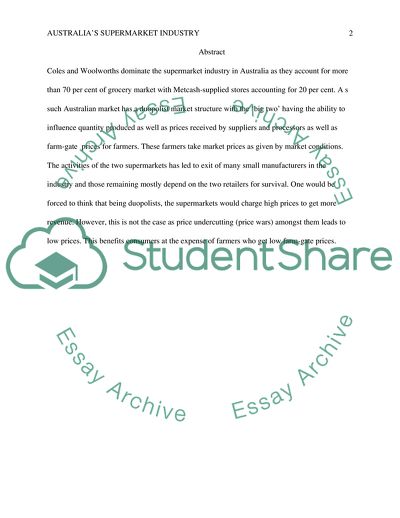Cite this document
(Coles and Woolworth competition Essay Example | Topics and Well Written Essays - 3000 words, n.d.)
Coles and Woolworth competition Essay Example | Topics and Well Written Essays - 3000 words. https://studentshare.org/macro-microeconomics/1876428-coles-and-woolworth-competition
Coles and Woolworth competition Essay Example | Topics and Well Written Essays - 3000 words. https://studentshare.org/macro-microeconomics/1876428-coles-and-woolworth-competition
(Coles and Woolworth Competition Essay Example | Topics and Well Written Essays - 3000 Words)
Coles and Woolworth Competition Essay Example | Topics and Well Written Essays - 3000 Words. https://studentshare.org/macro-microeconomics/1876428-coles-and-woolworth-competition.
Coles and Woolworth Competition Essay Example | Topics and Well Written Essays - 3000 Words. https://studentshare.org/macro-microeconomics/1876428-coles-and-woolworth-competition.
“Coles and Woolworth Competition Essay Example | Topics and Well Written Essays - 3000 Words”. https://studentshare.org/macro-microeconomics/1876428-coles-and-woolworth-competition.


